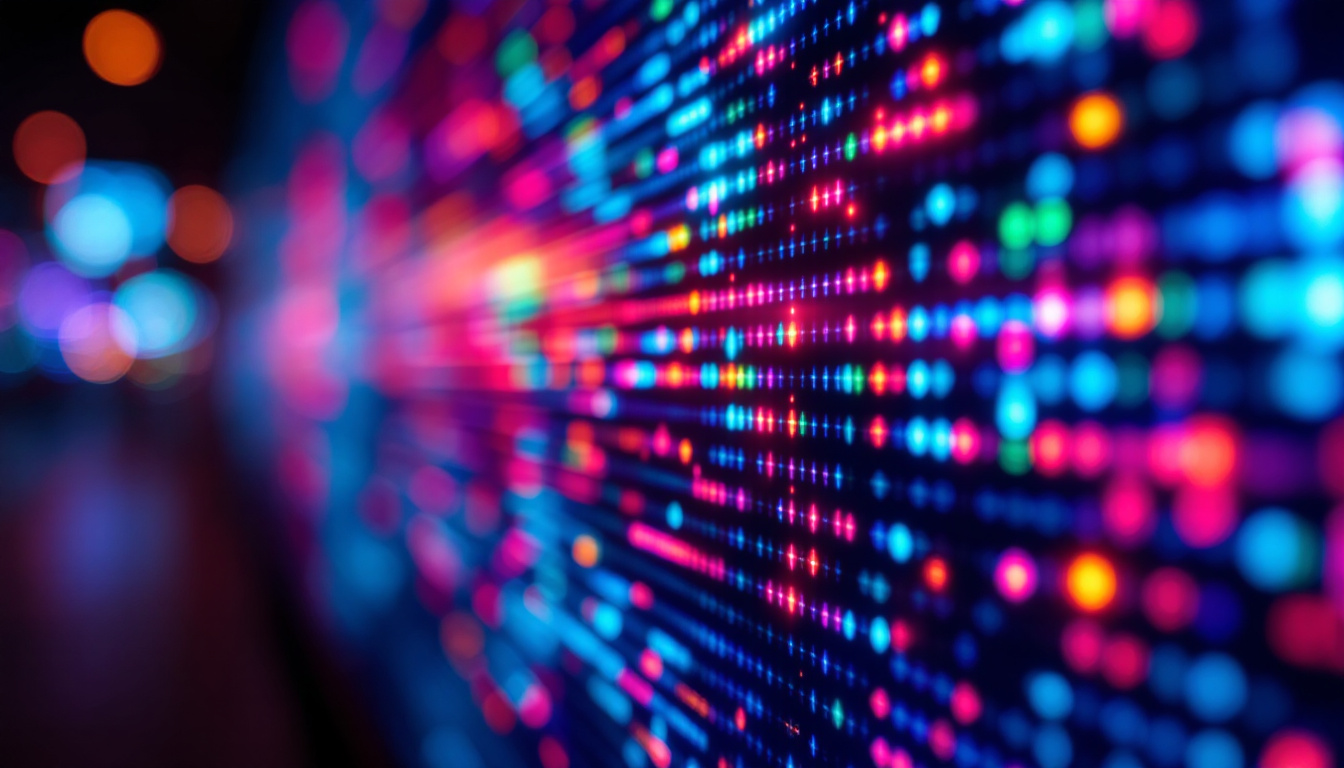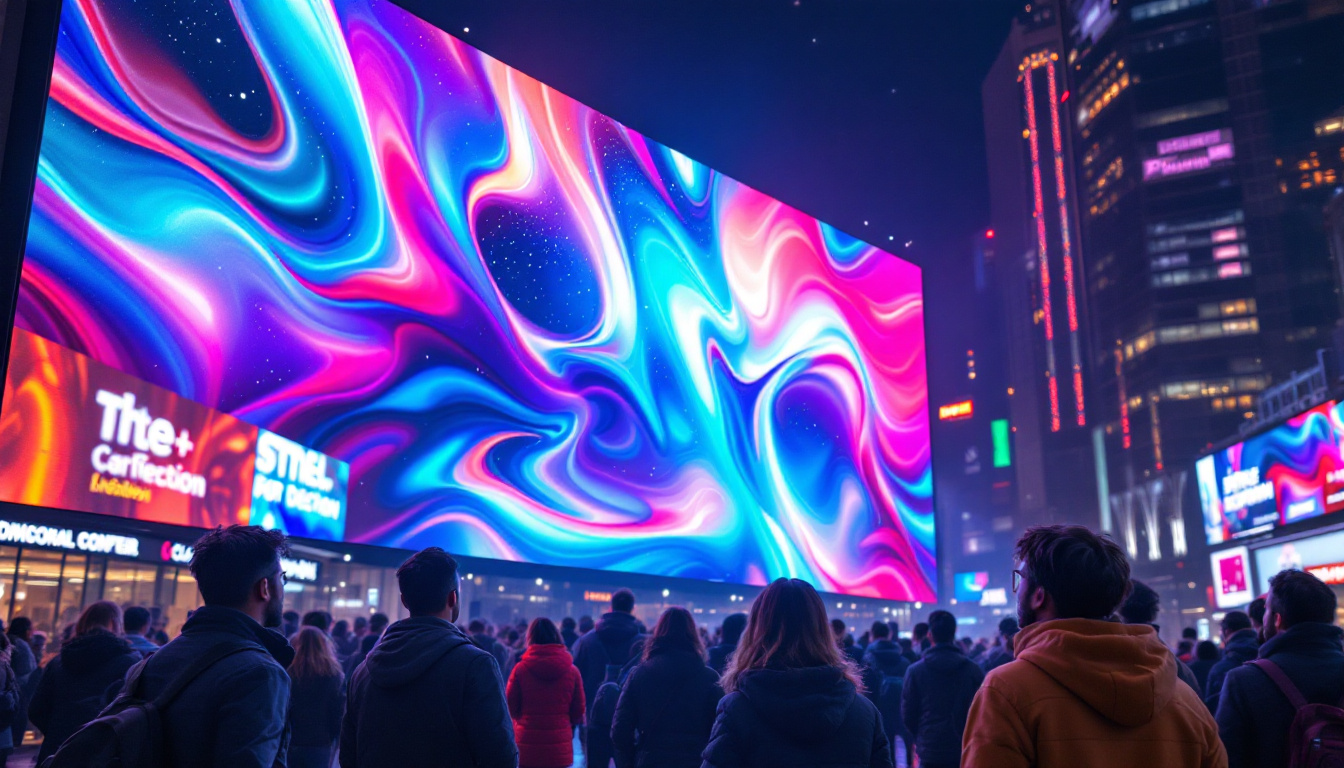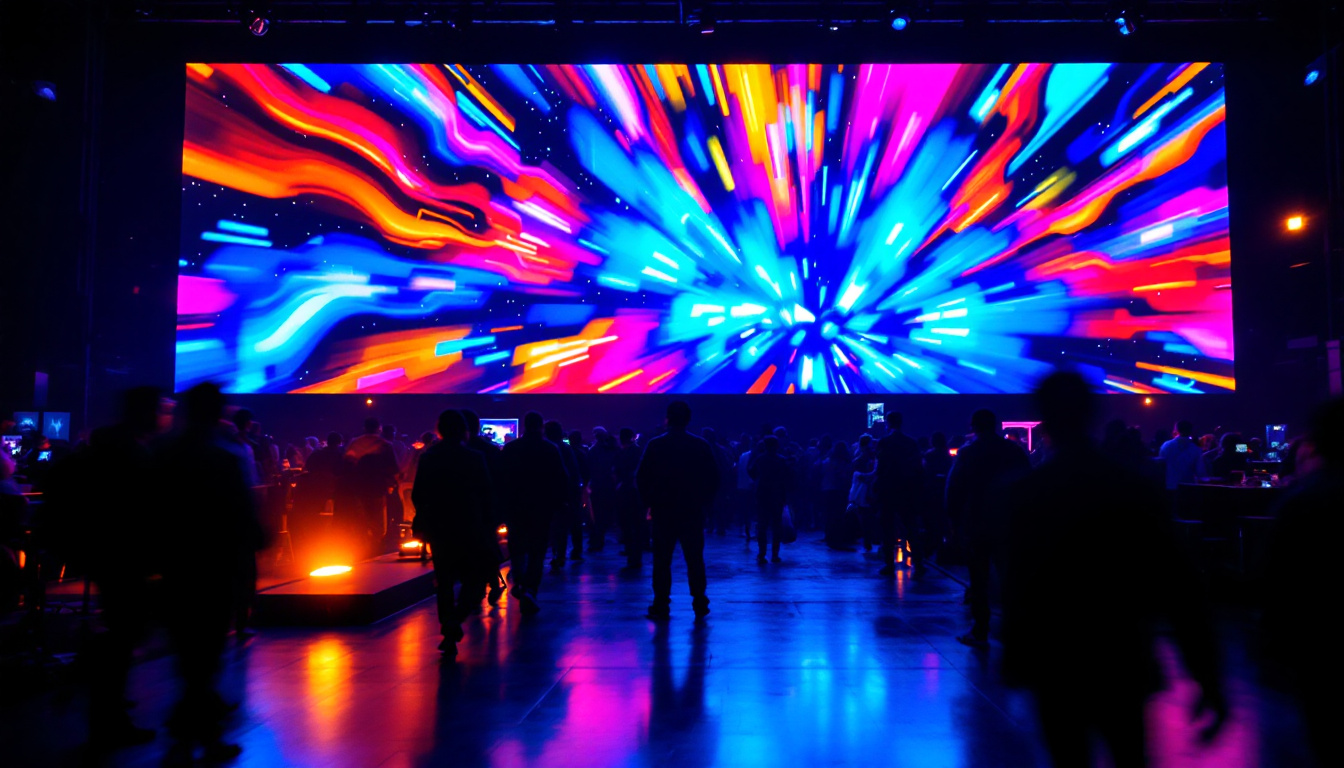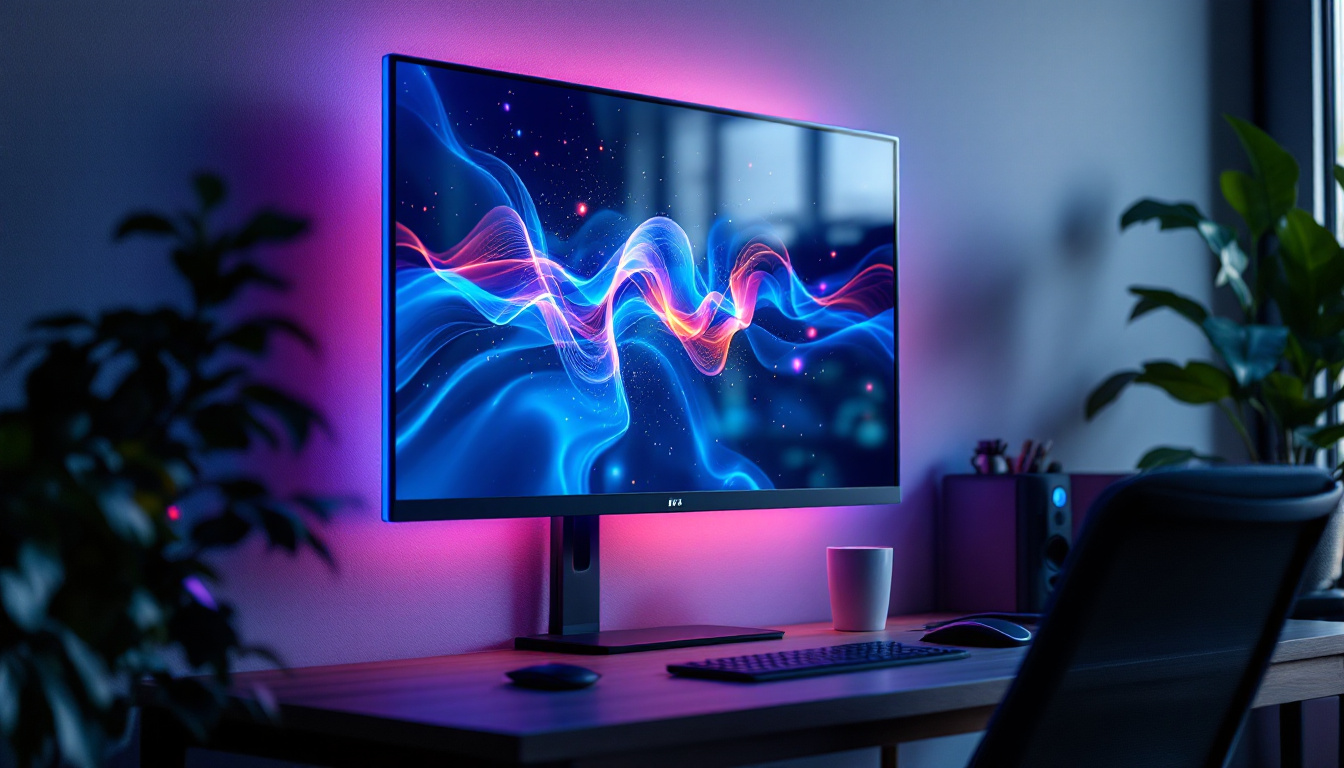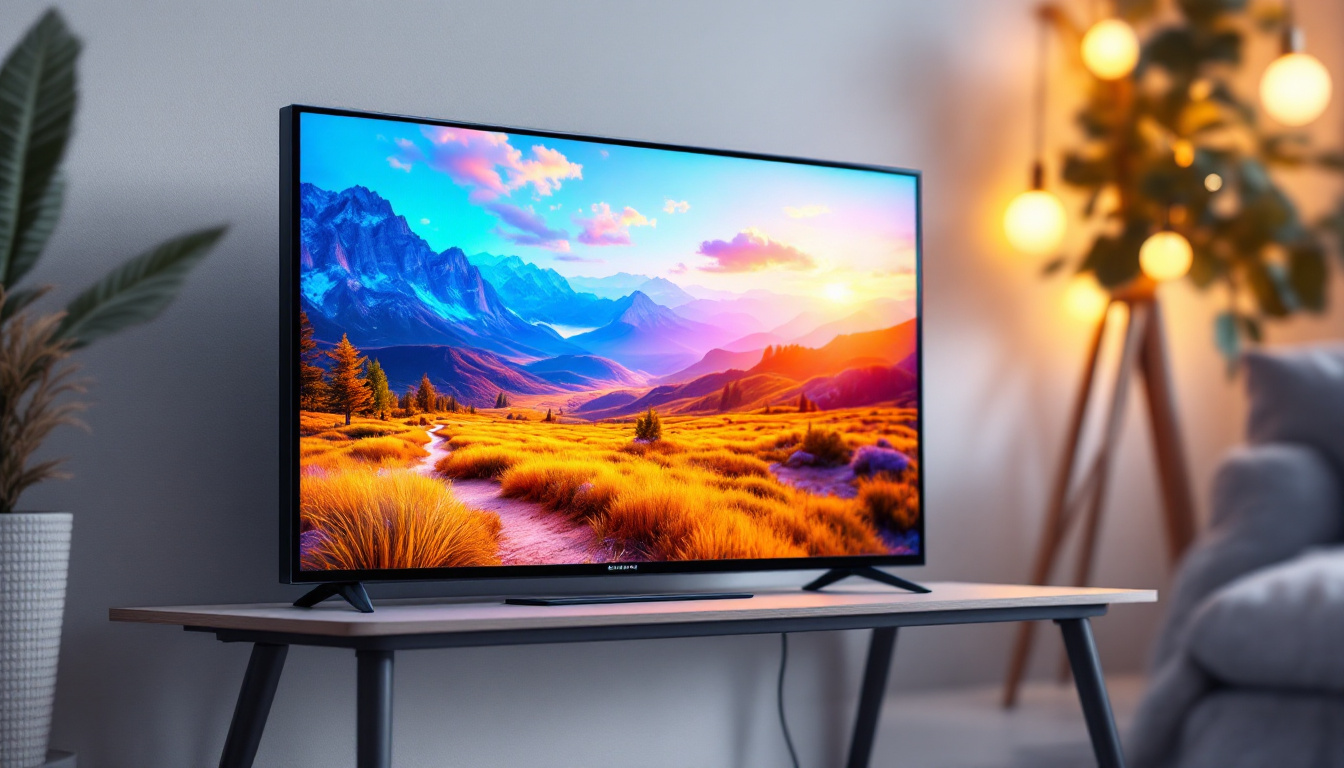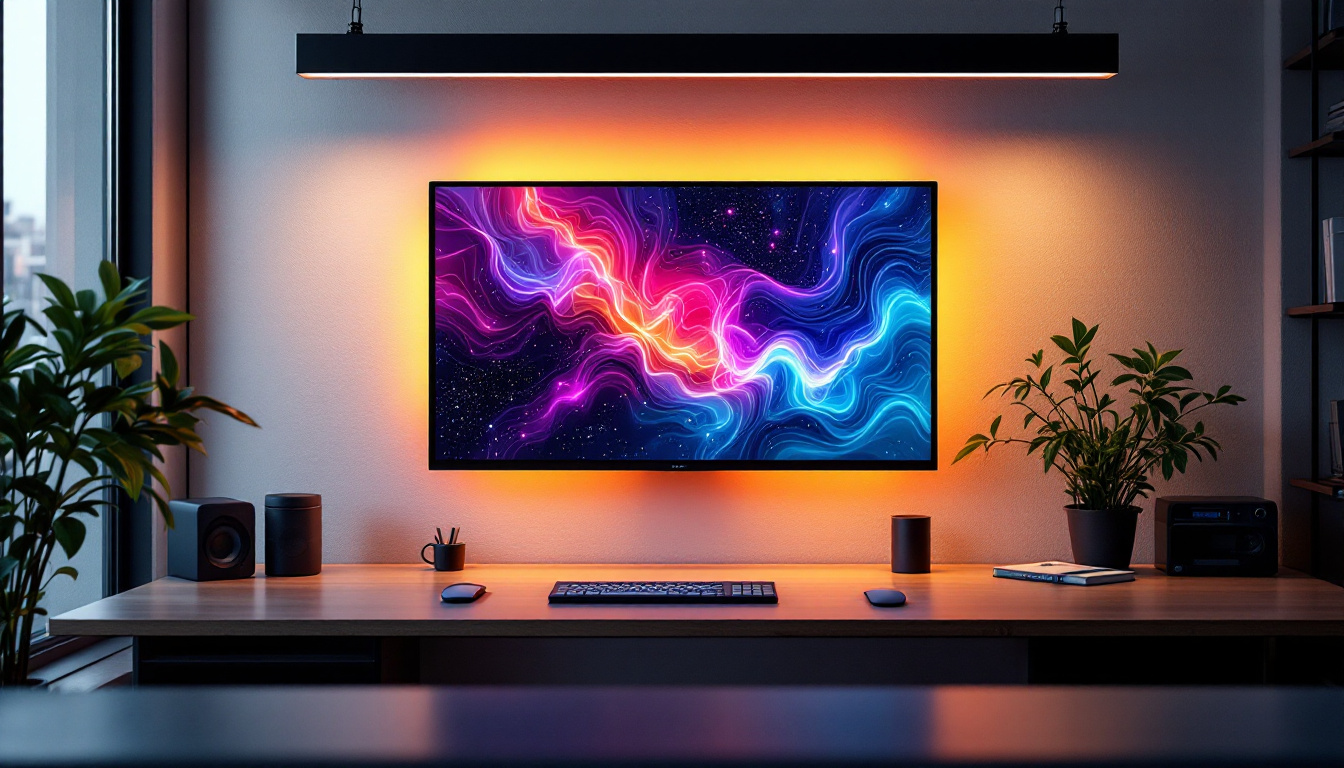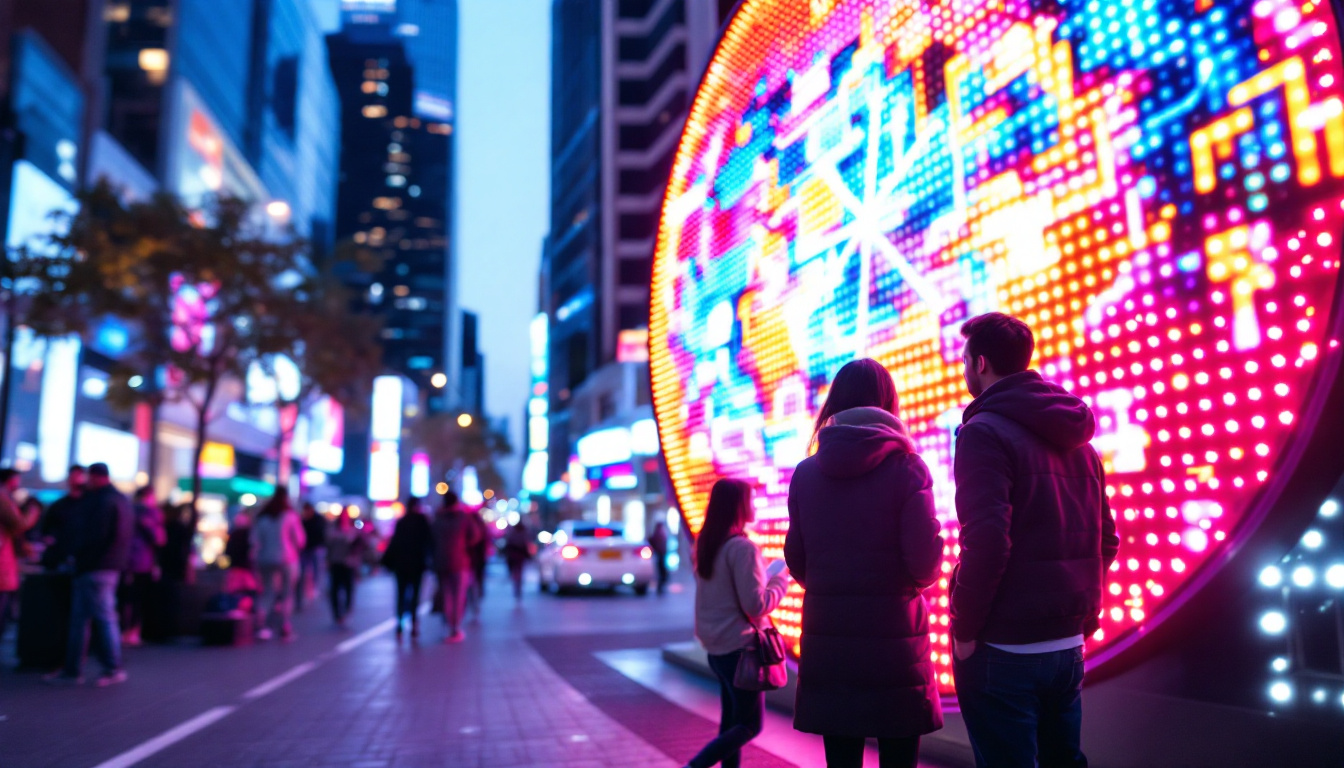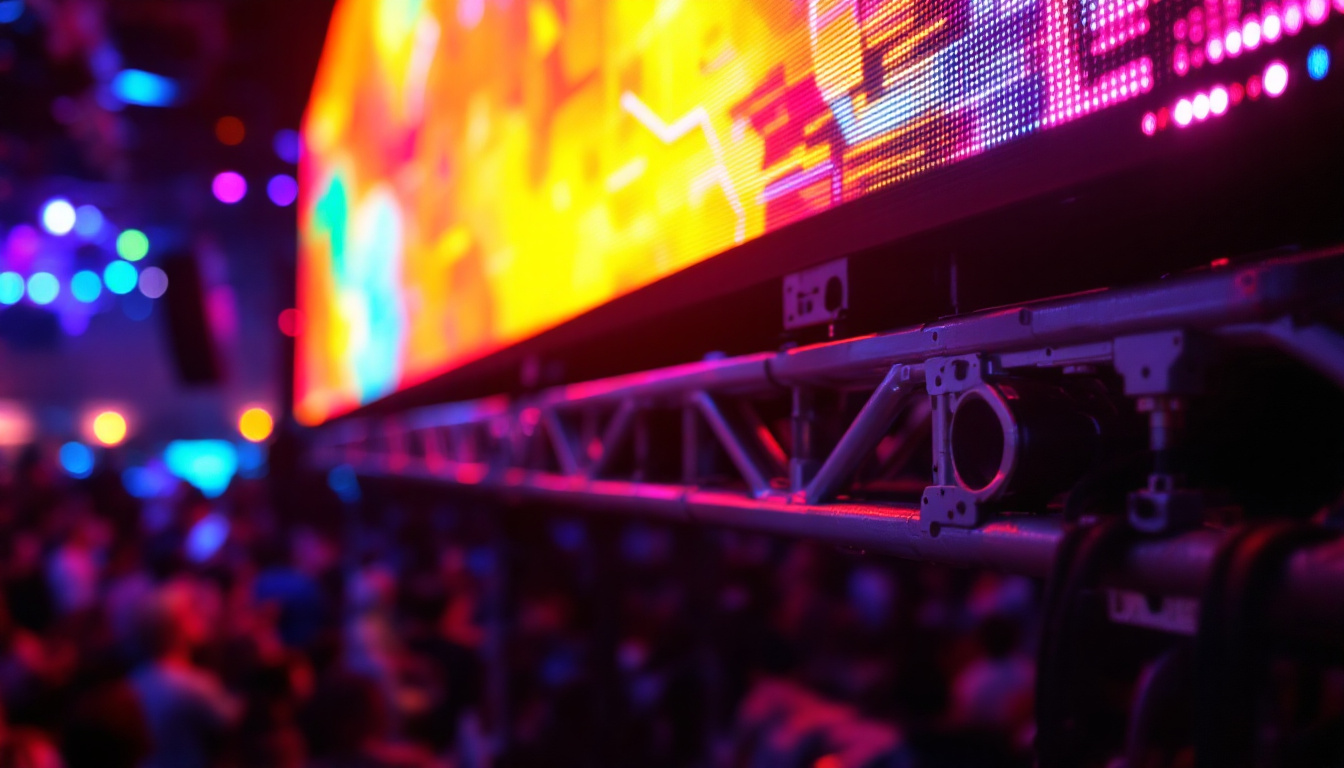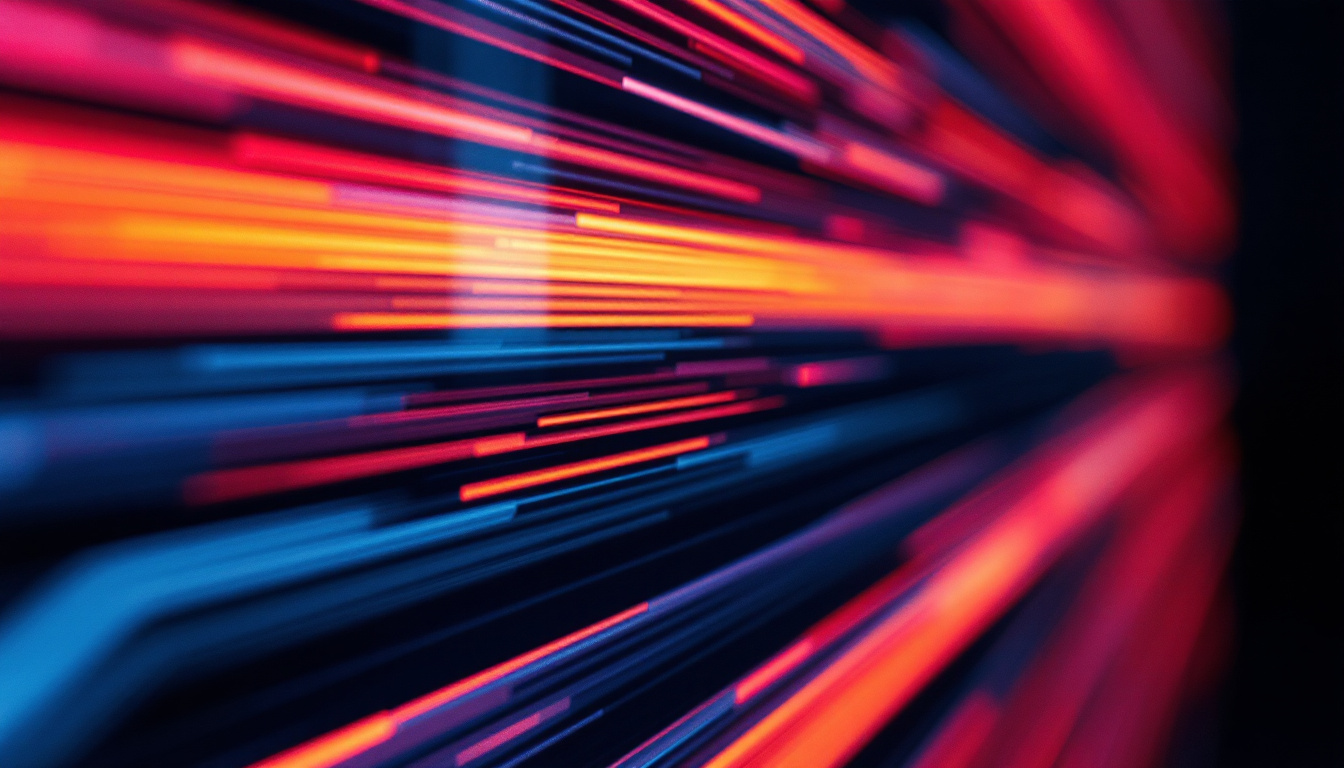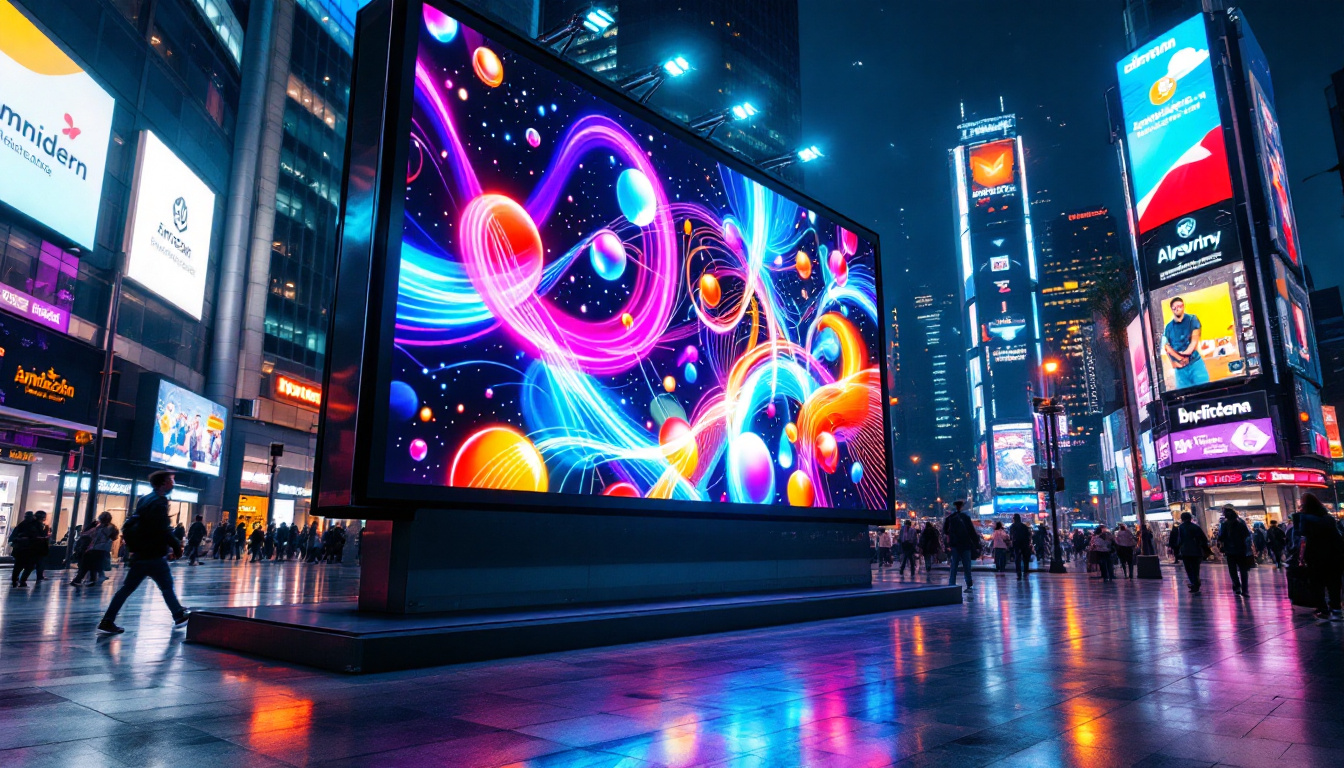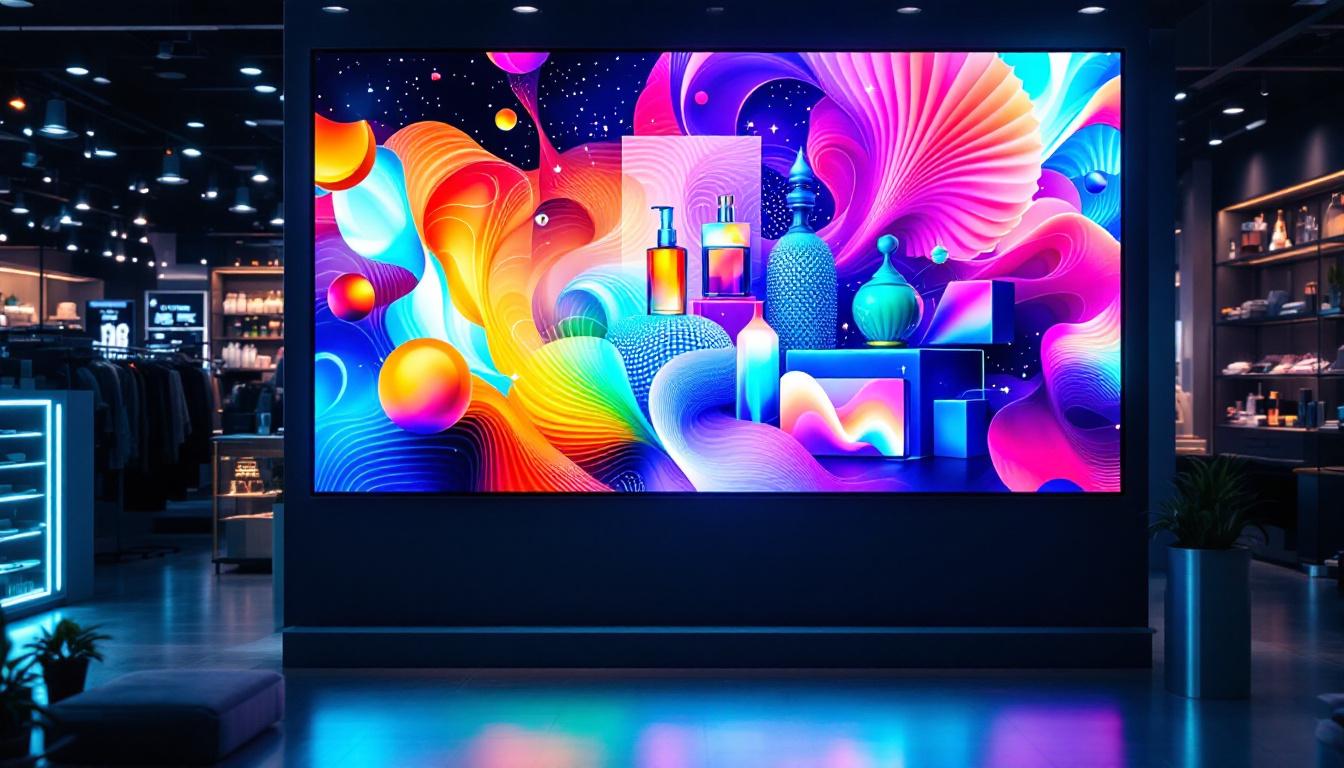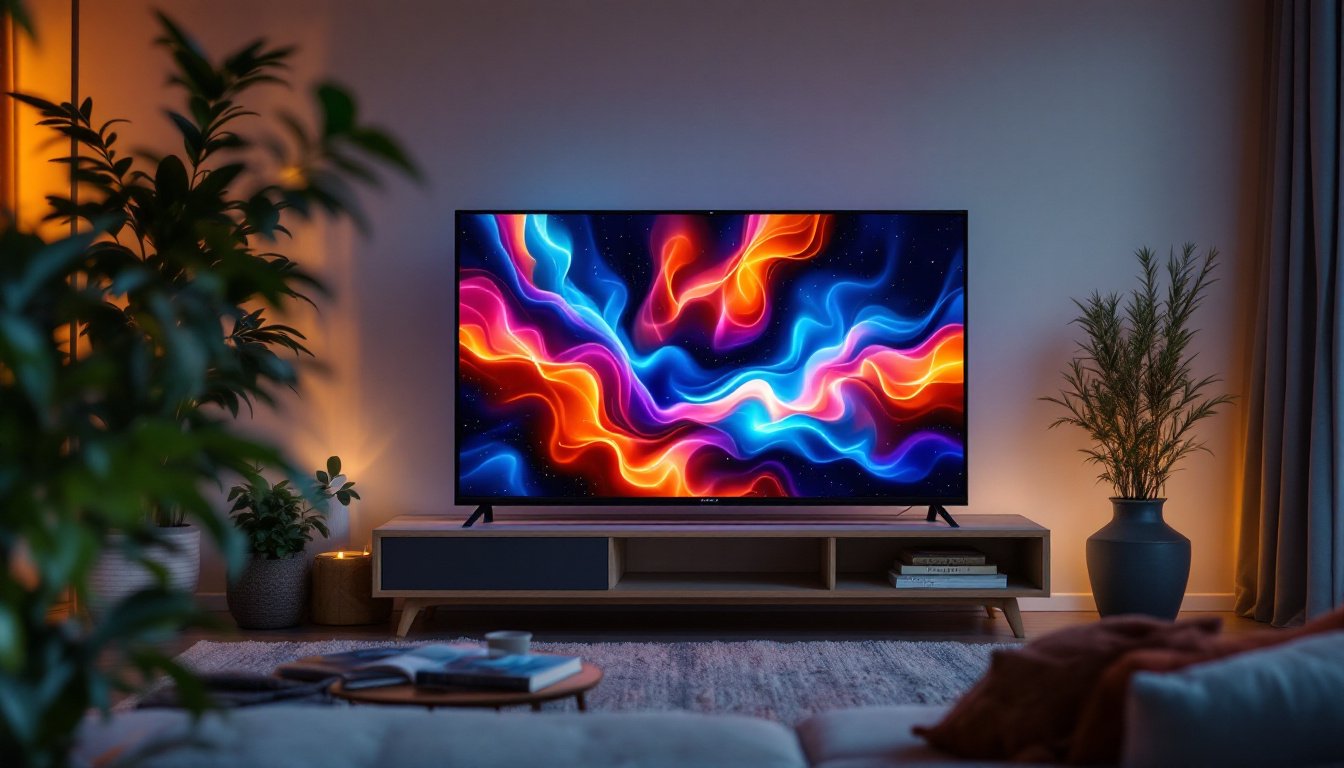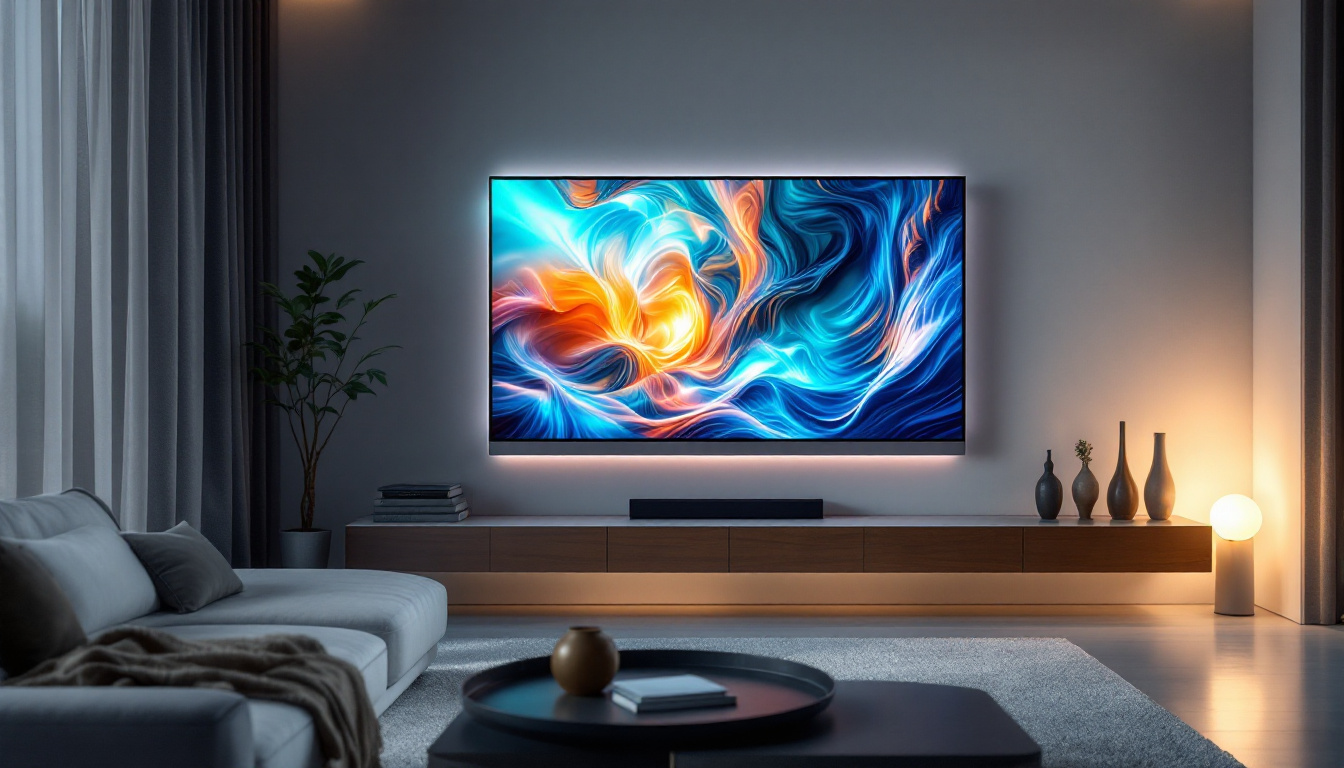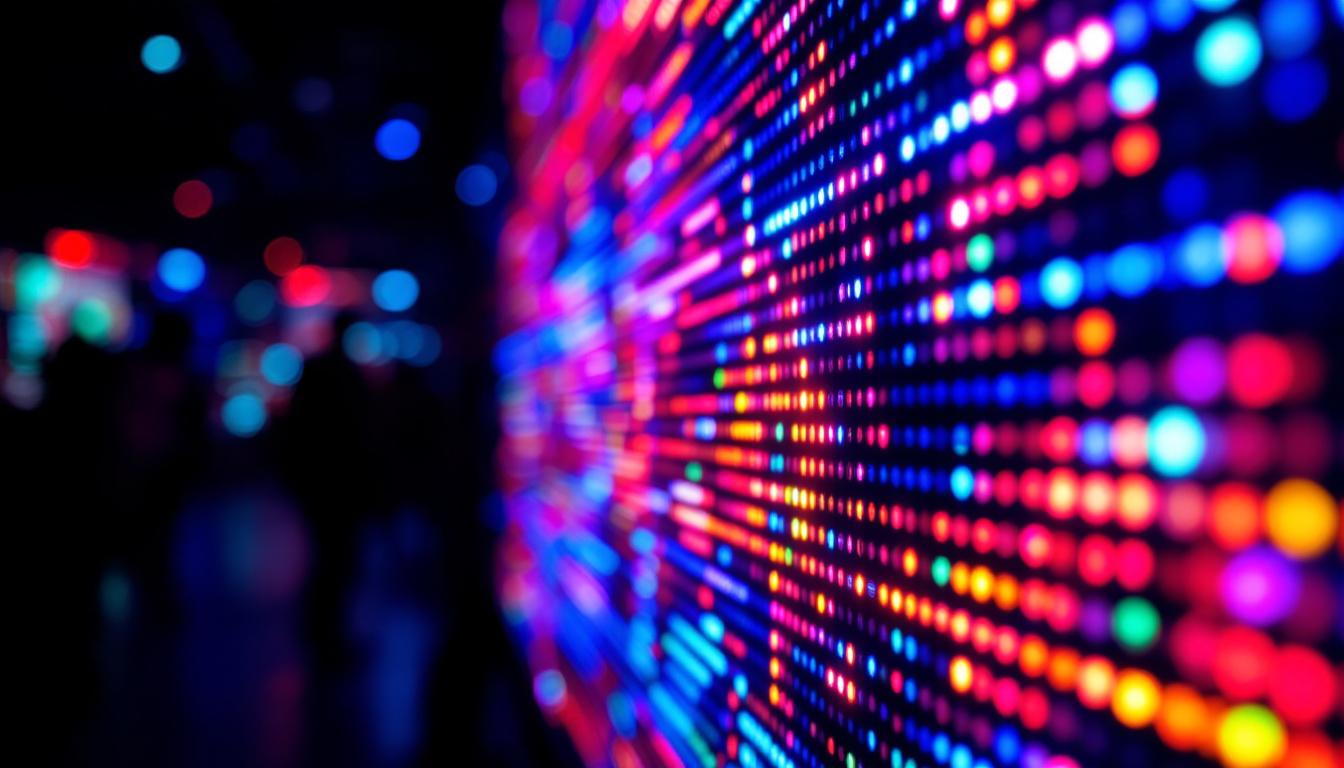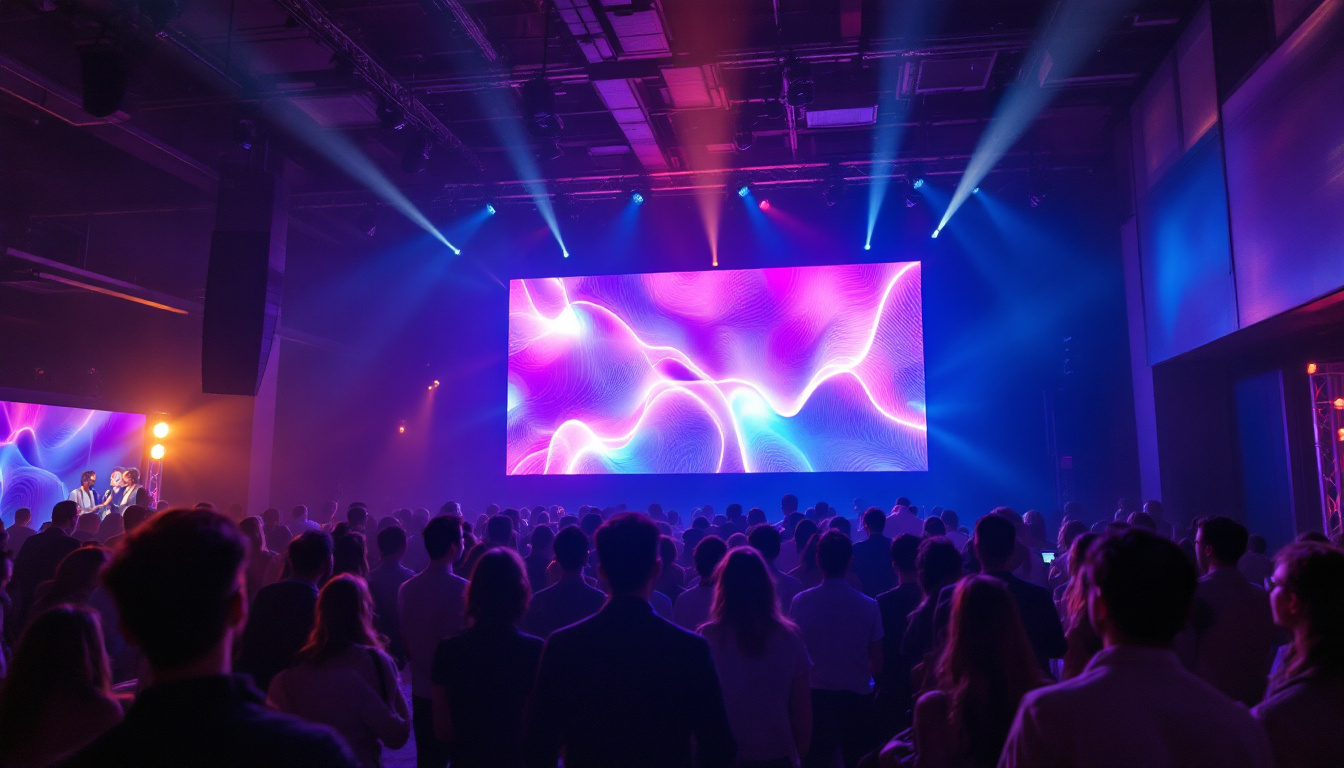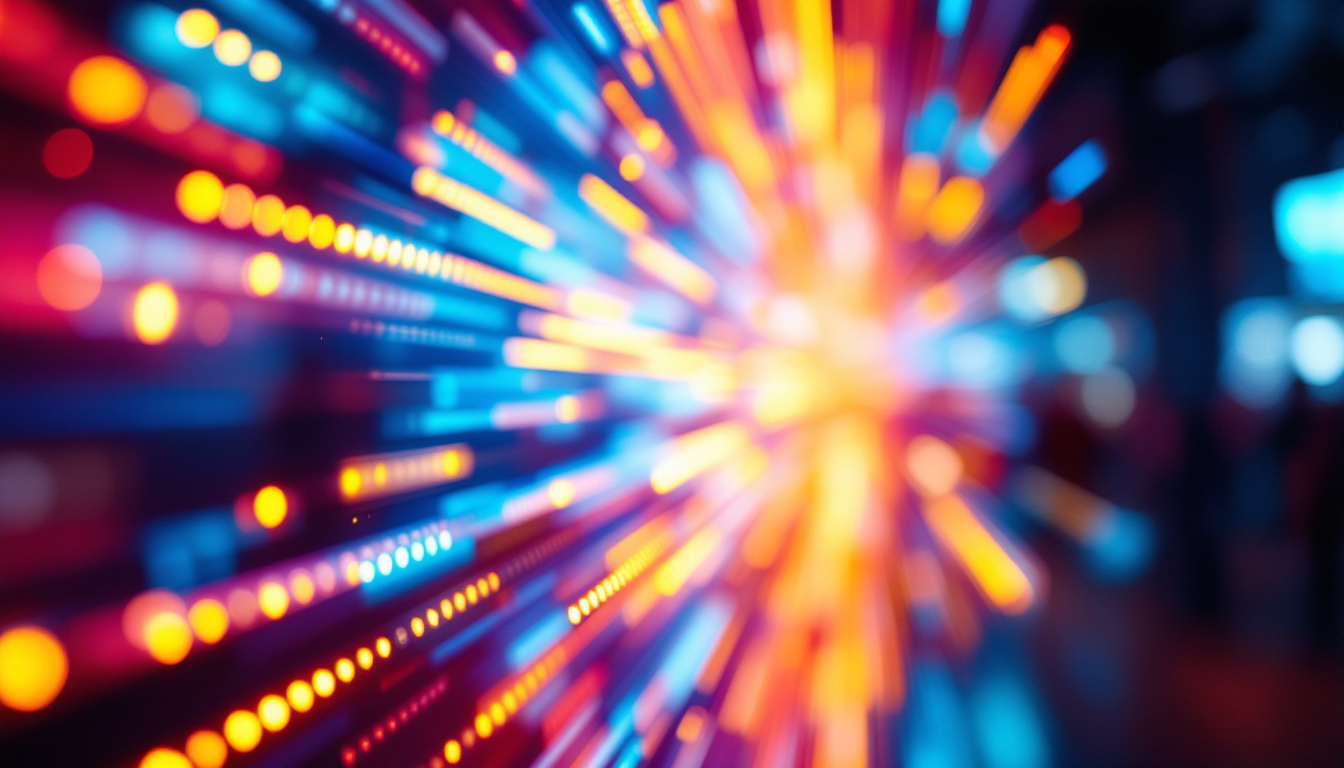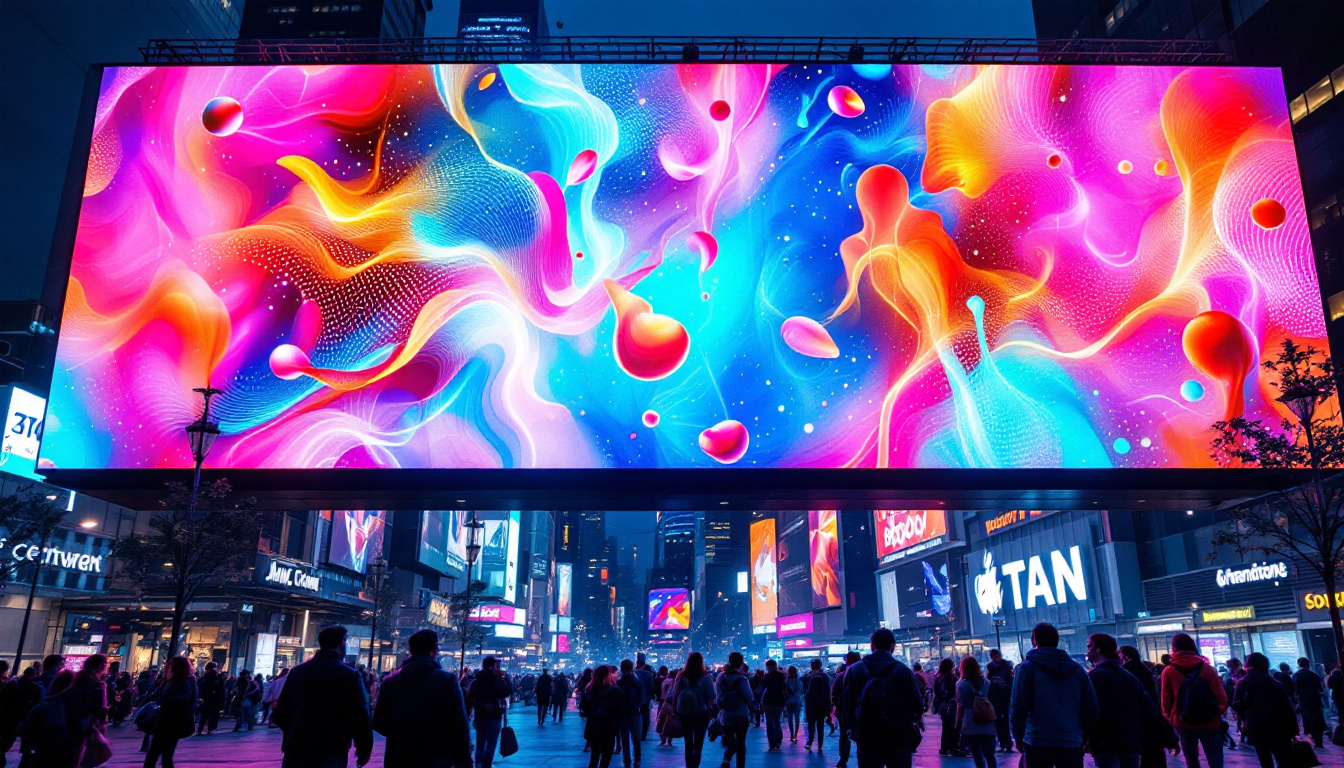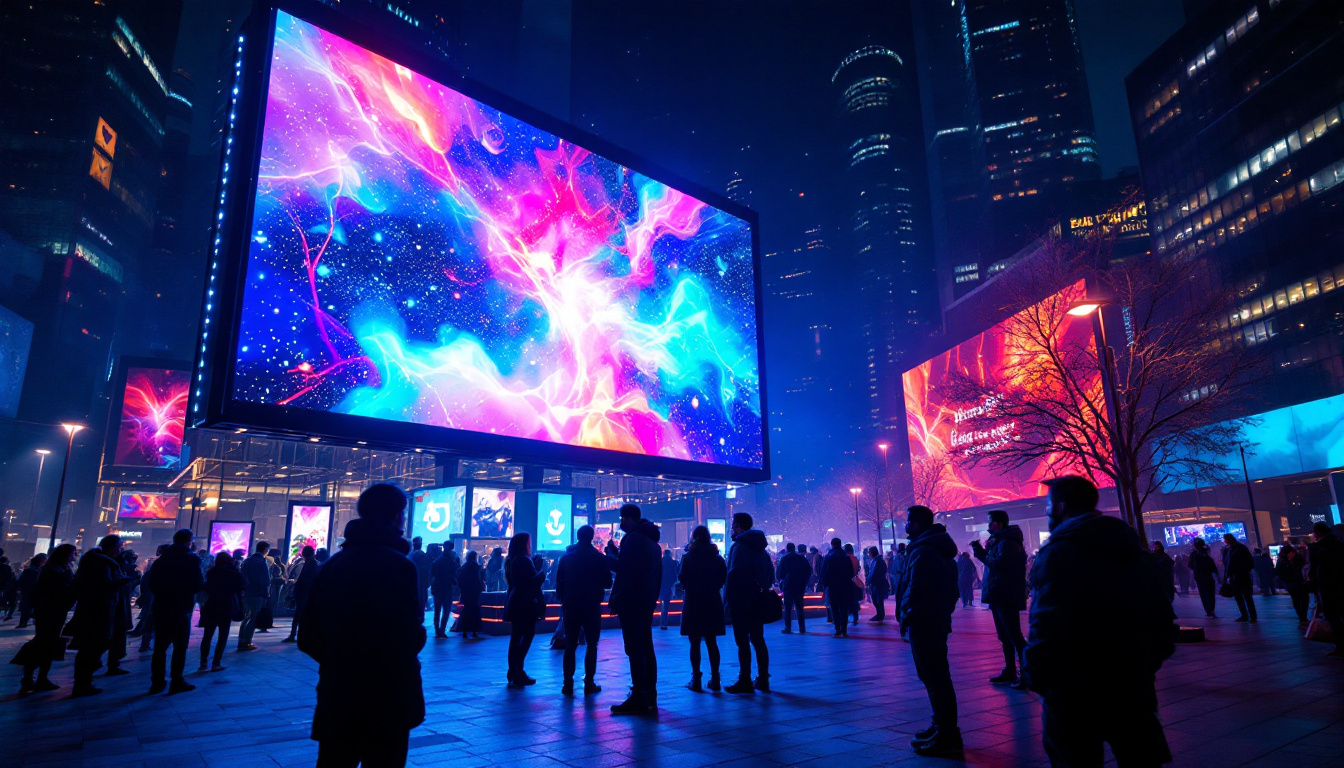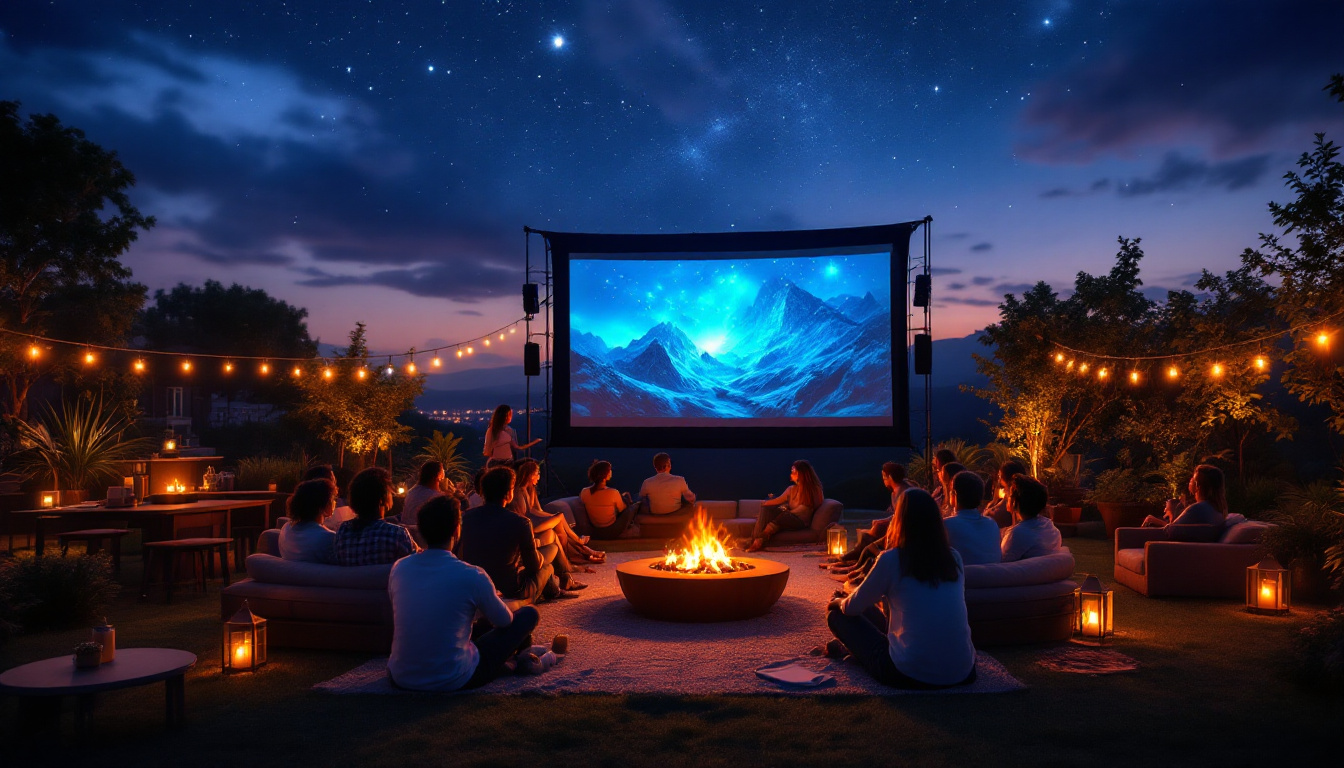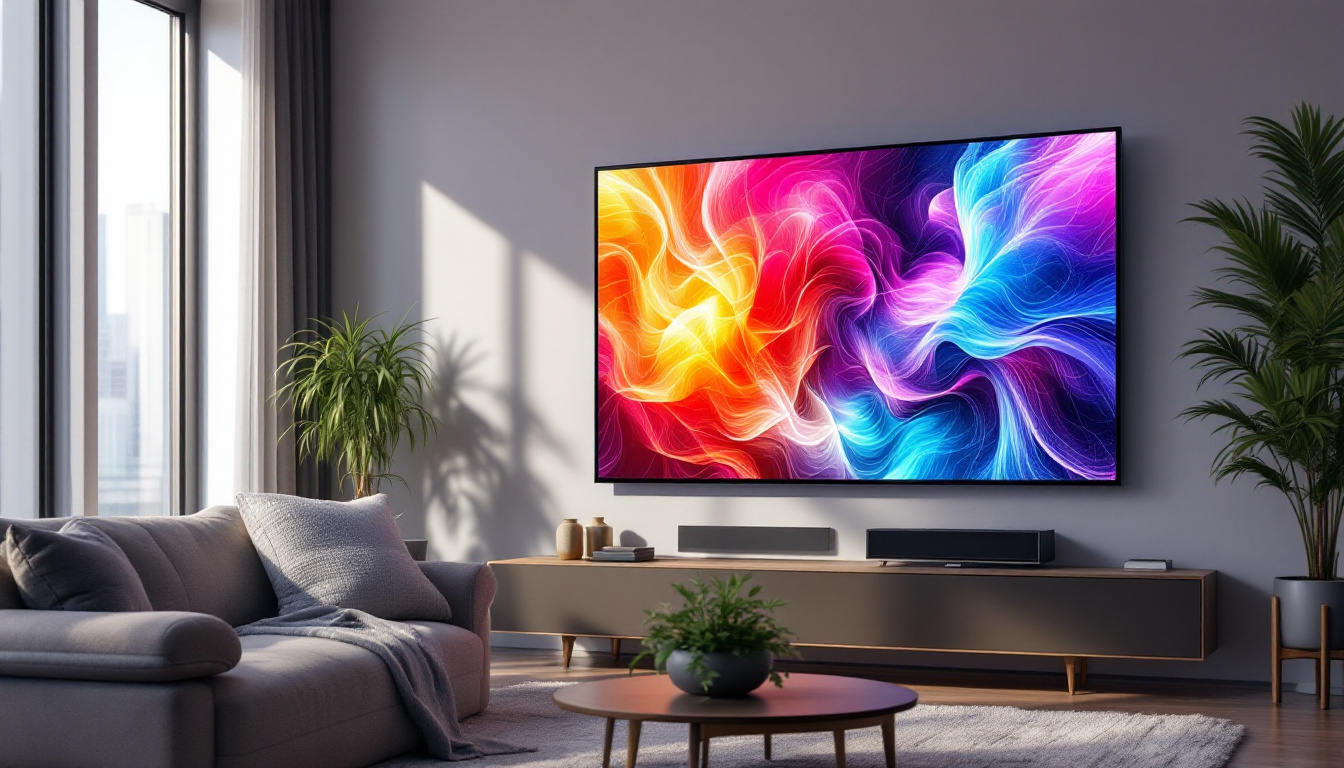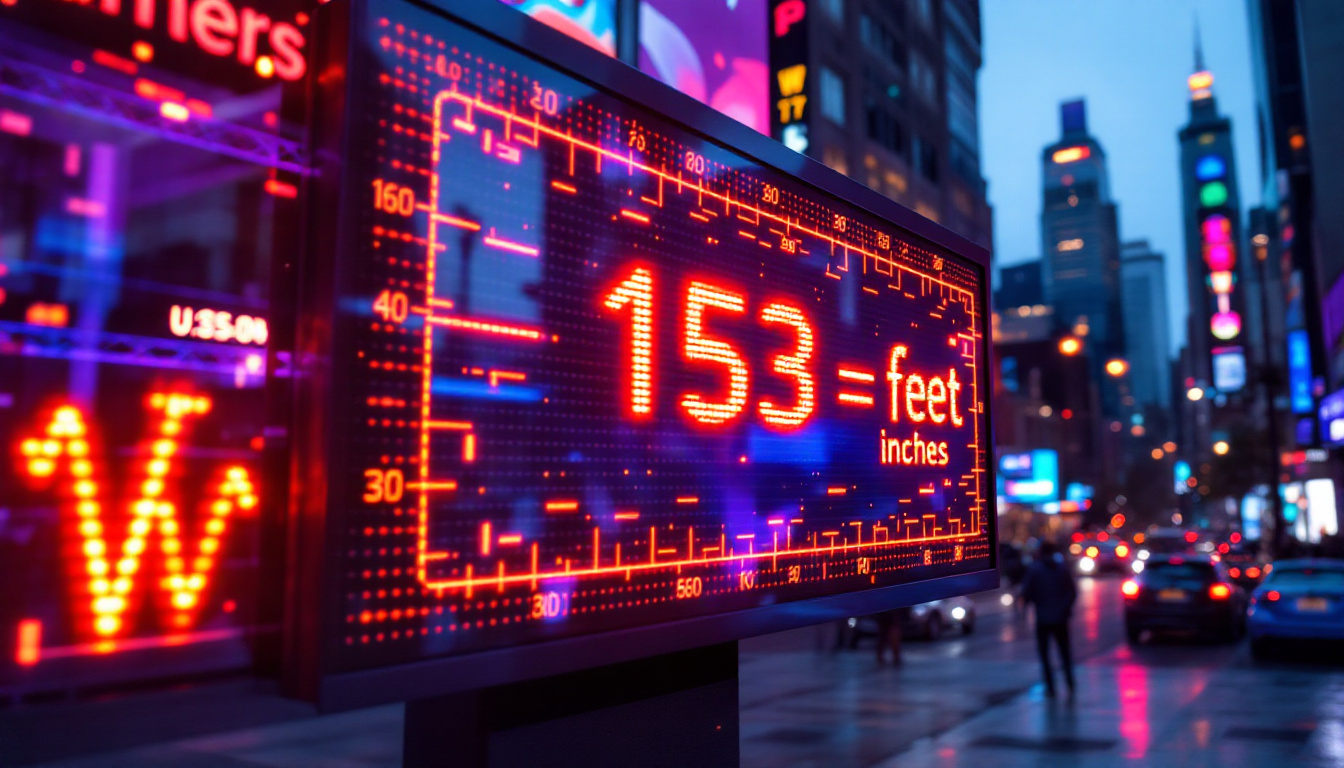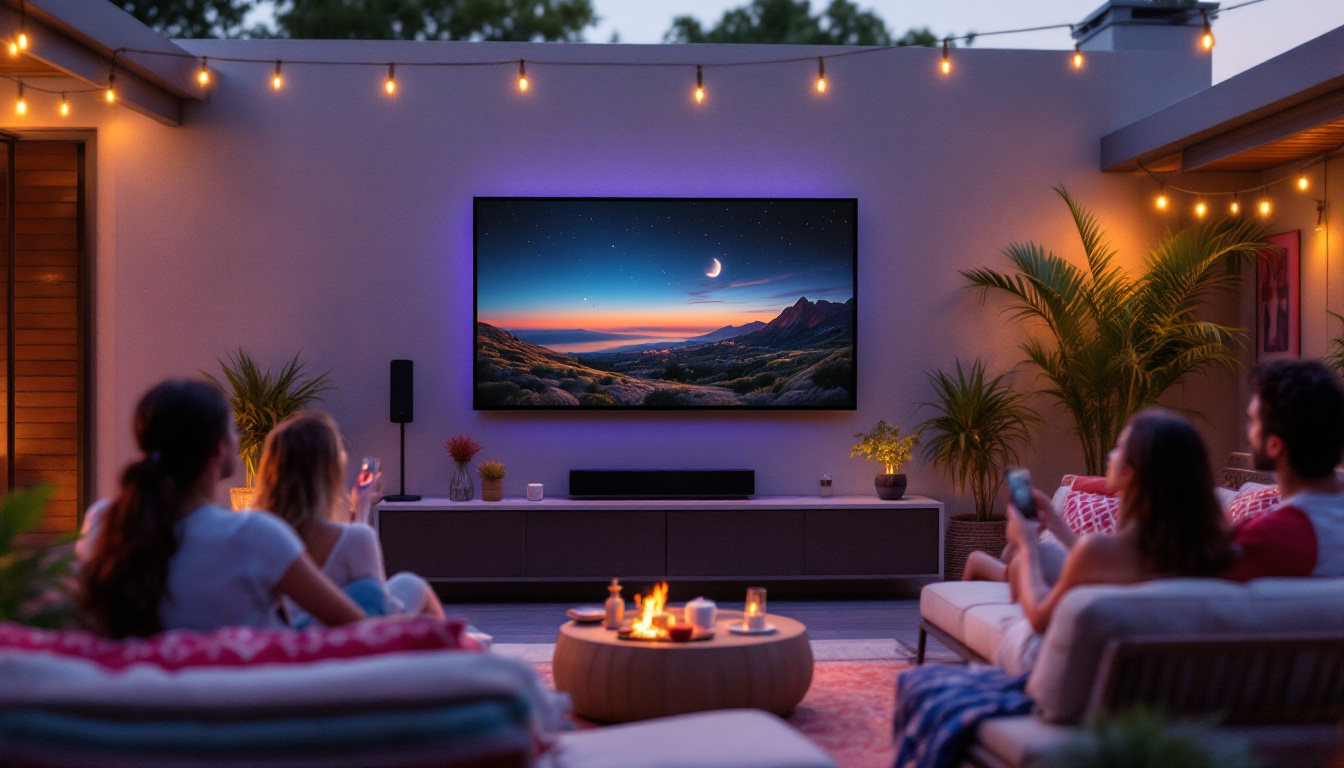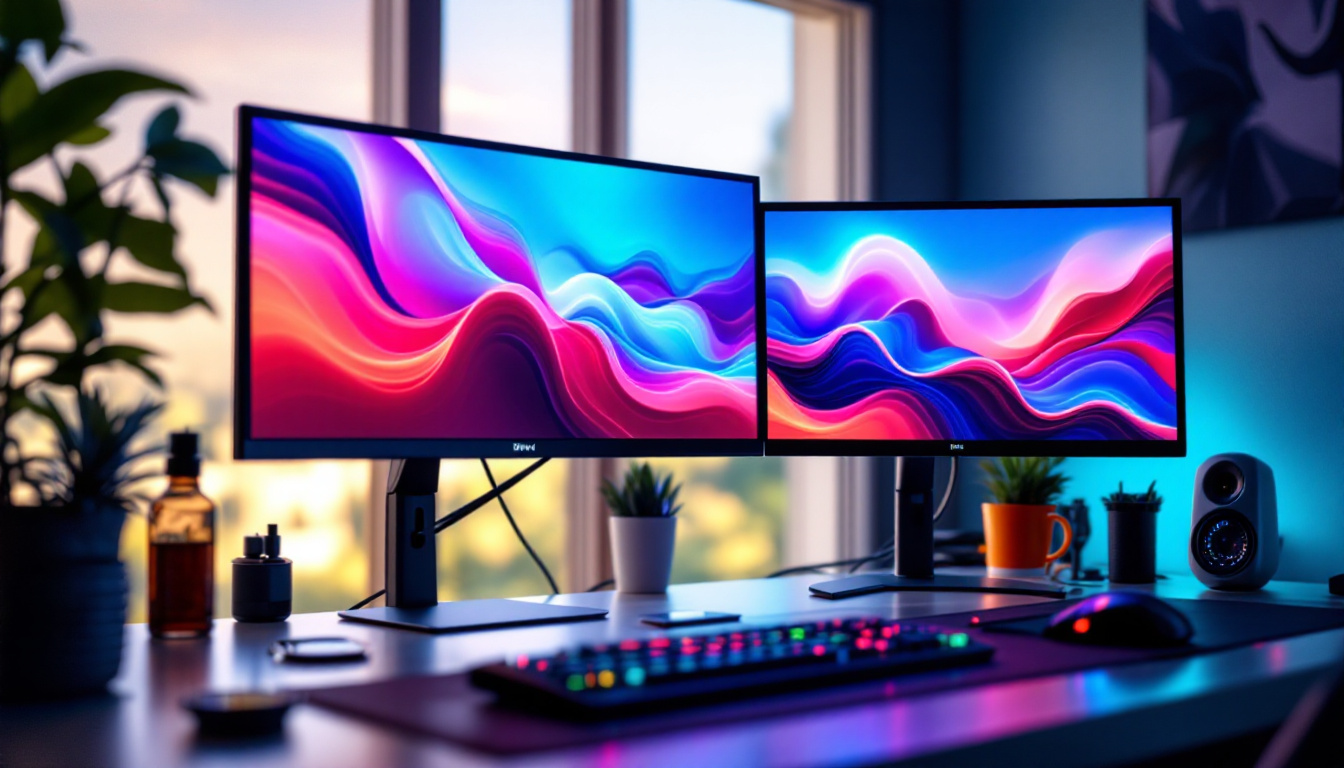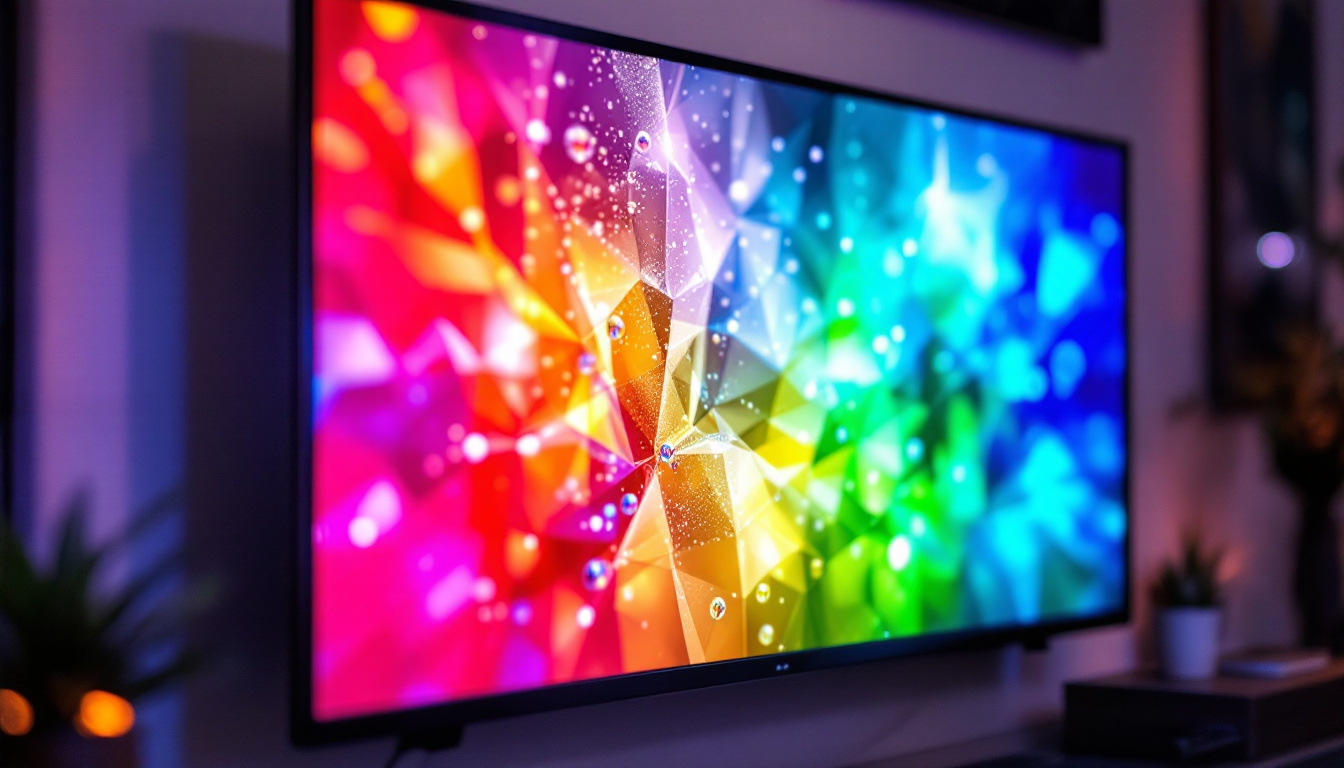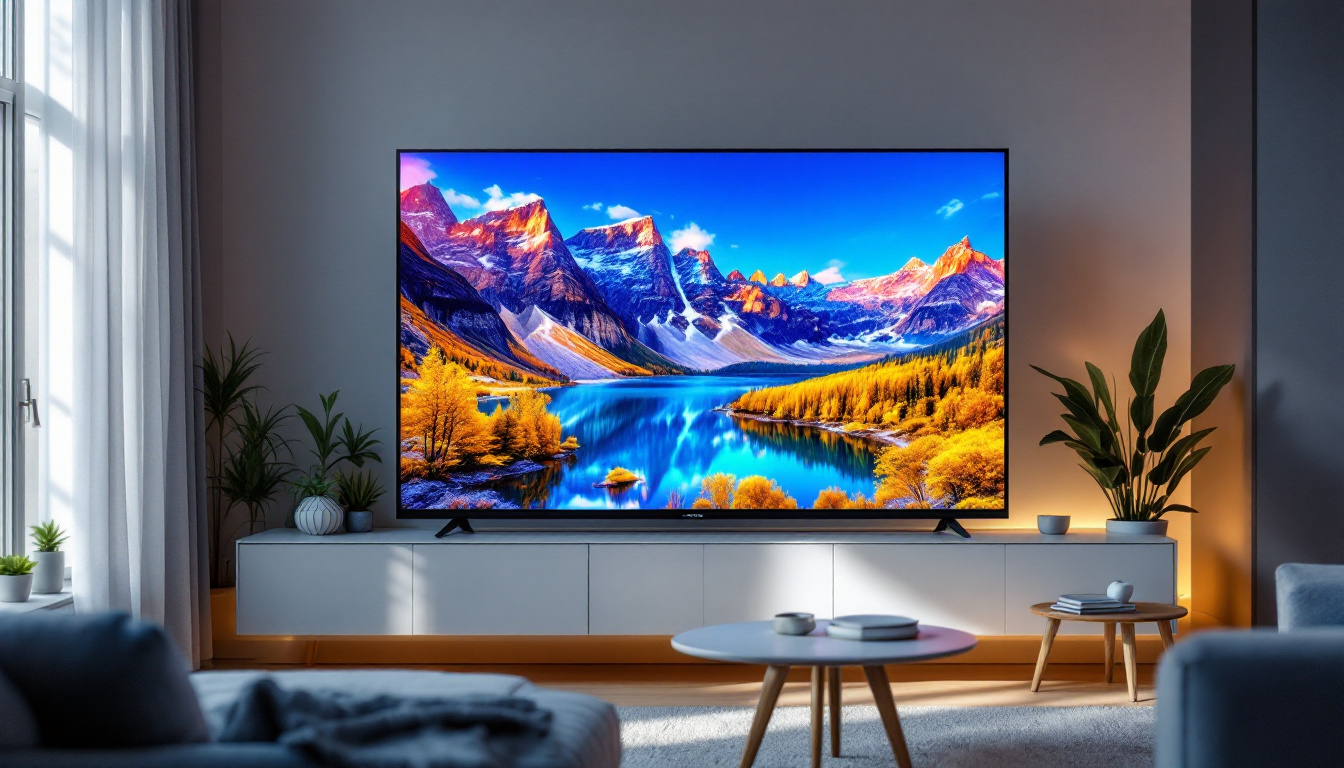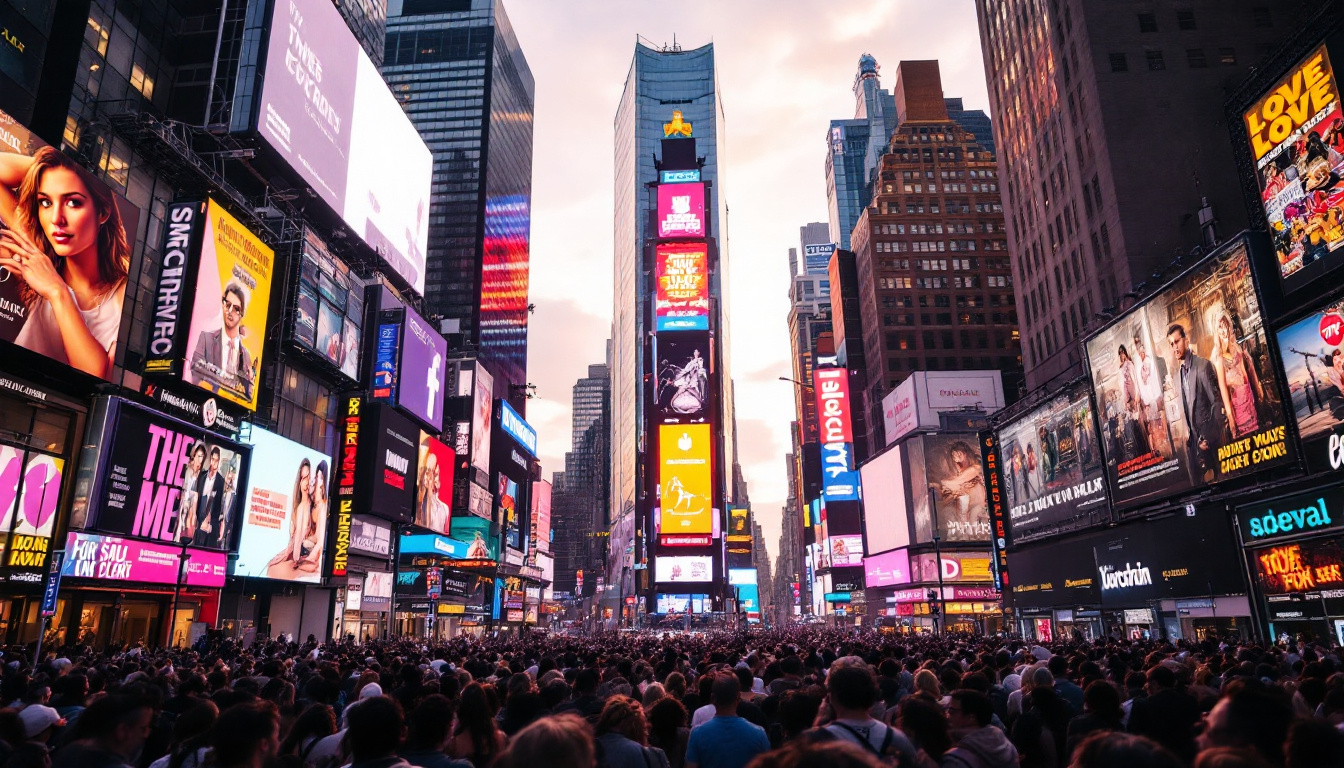The world of display technology has witnessed significant advancements over the years, with LED displays leading the charge in terms of innovation and versatility. Among the various specifications that define these displays, the term “0.9 mm lead” has emerged as a crucial aspect, especially in the context of fine-pitch LED displays. This article delves into what 0.9 mm lead means, its implications for LED display technology, and its applications across various industries.
Understanding LED Display Technology
LED displays utilize light-emitting diodes (LEDs) to produce images and videos. They are known for their brightness, energy efficiency, and ability to deliver high-quality visuals. The technology has evolved to cater to various needs, from large outdoor billboards to small indoor displays used in conference rooms and retail environments. The versatility of LED displays has made them a popular choice for a wide range of applications, including sports arenas, concert venues, and even art installations, where dynamic visuals can enhance the overall experience.
The Basics of LED Displays
At its core, an LED display consists of numerous tiny light-emitting diodes that work together to create images. These diodes are arranged in a matrix format, with each pixel representing a combination of red, green, and blue (RGB) lights. The combination of these colors at varying intensities allows for a wide spectrum of colors to be displayed. The advancements in LED technology have also led to the development of smart displays, which can adapt their brightness based on ambient light conditions, ensuring optimal visibility at all times.
LED displays can be categorized into various types, including direct view, backlit, and organic LED (OLED) displays. Each type has its unique characteristics and applications, but the common thread is the use of LED technology to enhance visual experiences. Direct view displays are often used for large-scale advertising due to their ability to produce vivid colors and high brightness levels, while OLED displays are favored for their superior contrast ratios and flexibility, making them ideal for curved screens and innovative designs.
Defining Pixel Pitch
One of the critical specifications in LED displays is pixel pitch, which refers to the distance between the centers of two adjacent pixels. It is typically measured in millimeters (mm). A smaller pixel pitch indicates a higher pixel density, which translates to better image clarity and detail. For instance, a 0.9 mm pixel pitch means that the pixels are closely packed, allowing for a sharper image, especially when viewed from a close distance. This is particularly important in environments such as control rooms or broadcast studios, where precision and clarity are paramount.
Moreover, understanding pixel pitch is essential for determining the appropriate display for a specific application. For example, venues that require viewing from a distance, such as stadiums or outdoor events, can utilize displays with a larger pixel pitch, which can still deliver impactful visuals without the need for excessive pixel density. Conversely, retail environments and exhibition spaces benefit from smaller pixel pitches, as they attract customers with detailed and vibrant imagery that can be appreciated up close. As technology continues to advance, the trend towards smaller pixel pitches is likely to grow, pushing the boundaries of what LED displays can achieve in terms of resolution and visual fidelity.
The Significance of 0.9 Mm Lead
The term “0.9 mm lead” specifically refers to the pixel pitch of an LED display. This specification plays a vital role in determining the display’s resolution and overall visual performance. As technology progresses, the demand for higher resolution displays has led to the development of finer pixel pitches, with 0.9 mm being one of the latest advancements.
Advantages of 0.9 Mm Pixel Pitch
One of the most significant advantages of a 0.9 mm pixel pitch is the enhanced image quality it offers. Displays with this pixel pitch can produce crisp and clear images, making them ideal for applications where detail is paramount. This is particularly beneficial in settings such as control rooms, broadcast studios, and high-end retail environments.
Moreover, a 0.9 mm pixel pitch allows for closer viewing distances without compromising image quality. This feature is essential for venues where audiences are seated close to the screen, such as in theaters or during presentations. The result is a more immersive viewing experience, as viewers can appreciate the finer details of the content being displayed.
Applications of 0.9 Mm LED Displays
0.9 mm LED displays find their place in various industries, showcasing their versatility and adaptability. Some of the most common applications include:
- Broadcast Studios: High-definition broadcasts require displays that can deliver exceptional image quality. 0.9 mm LED displays are often used in newsrooms and studios for monitoring feeds and displaying graphics.
- Control Rooms: In environments where real-time data monitoring is critical, such as security or traffic management, 0.9 mm LED displays provide the clarity needed to analyze information effectively.
- Corporate Events: During conferences and presentations, these displays enhance the visual experience, ensuring that all attendees can see the content clearly, regardless of their seating position.
Technical Aspects of 0.9 Mm LED Displays
Understanding the technical specifications of 0.9 mm LED displays is crucial for anyone considering their implementation. These specifications not only define the display’s performance but also influence its installation and maintenance.
Brightness and Color Accuracy
Brightness is a critical factor in LED displays, particularly for those used in well-lit environments. A 0.9 mm LED display typically boasts high brightness levels, often exceeding 1000 nits. This ensures that the content remains visible even in challenging lighting conditions.
Color accuracy is another essential aspect. High-quality 0.9 mm LED displays are designed to reproduce colors faithfully, ensuring that the visuals are not only vibrant but also true to life. This is particularly important in applications such as digital signage and advertising, where color representation can significantly impact viewer engagement.
Refresh Rate and Response Time
The refresh rate of a display refers to how often the image is updated per second, measured in hertz (Hz). A higher refresh rate results in smoother motion, which is particularly important for video content. 0.9 mm LED displays often feature refresh rates of 60 Hz or higher, making them suitable for dynamic content.
Response time, on the other hand, measures how quickly a pixel can change from one color to another. A lower response time reduces motion blur and ghosting effects, enhancing the viewing experience. High-quality 0.9 mm LED displays are engineered to provide fast response times, ensuring that fast-moving visuals appear sharp and clear.
Installation and Maintenance Considerations
While the benefits of 0.9 mm LED displays are apparent, proper installation and maintenance are crucial for maximizing their performance. Understanding the installation process and ongoing maintenance requirements can help ensure that these displays operate optimally over their lifespan.
Installation Requirements
Installing a 0.9 mm LED display involves several steps, including site assessment, structural considerations, and electrical setup. The display must be mounted securely, considering factors such as weight and heat dissipation. Additionally, the electrical infrastructure must support the display’s power requirements, ensuring reliable operation.
It is also essential to consider the viewing angles and distances when determining the display’s placement. A well-positioned display enhances visibility and ensures that the audience can appreciate the content fully.
Maintenance Best Practices
Regular maintenance is vital for preserving the performance and longevity of 0.9 mm LED displays. This includes routine cleaning to remove dust and debris, which can affect brightness and color accuracy. Additionally, periodic checks of the electrical components and connections can help prevent potential issues.
In some cases, software updates may be necessary to enhance functionality and security. Keeping the display’s firmware up to date ensures optimal performance and access to the latest features.
Future Trends in LED Display Technology
The LED display industry is continually evolving, with advancements in technology paving the way for new possibilities. As consumer demands grow, manufacturers are exploring innovative solutions to enhance display performance further.
Emerging Technologies
One of the most exciting trends is the development of microLED technology, which offers even finer pixel pitches than traditional LED displays. MicroLED displays promise improved brightness, color accuracy, and energy efficiency, making them a compelling option for various applications.
Additionally, advancements in artificial intelligence (AI) are being integrated into display technology. AI can optimize content delivery, enhance image processing, and even predict maintenance needs, leading to more efficient operations and improved user experiences.
Sustainability in Display Technology
As environmental concerns become increasingly prominent, manufacturers are focusing on sustainability in their production processes. This includes using eco-friendly materials, reducing energy consumption, and implementing recycling programs for old displays. The future of LED displays will likely see a stronger emphasis on sustainability, aligning with global efforts to reduce environmental impact.
Conclusion
0.9 mm lead in LED displays represents a significant advancement in display technology, offering unparalleled image quality and versatility. With applications spanning various industries, these displays are becoming increasingly essential in modern communication and entertainment. As technology continues to evolve, the future of LED displays promises even greater innovations, ensuring that they remain at the forefront of visual technology.
Investing in a 0.9 mm LED display can enhance visual experiences, whether in corporate settings, broadcast environments, or retail spaces. Understanding the technical specifications, installation requirements, and maintenance needs is crucial for maximizing the benefits of this cutting-edge technology. With ongoing advancements and a focus on sustainability, the world of LED displays is poised for exciting developments in the years to come.
Explore Cutting-Edge LED Displays with LumenMatrix
Ready to elevate your visual experience with the latest in LED display technology? LumenMatrix is at the forefront of innovation, offering a diverse range of LED display solutions tailored to meet your needs. From captivating Indoor LED Walls to dynamic Outdoor LED Displays, and from versatile Vehicle LED Displays to engaging LED Sports Displays, our products are designed to revolutionize visual communication. Discover how our state-of-the-art LED display modules can transform your brand visibility and audience engagement. Check out LumenMatrix LED Display Solutions today and step into the future of digital signage.

